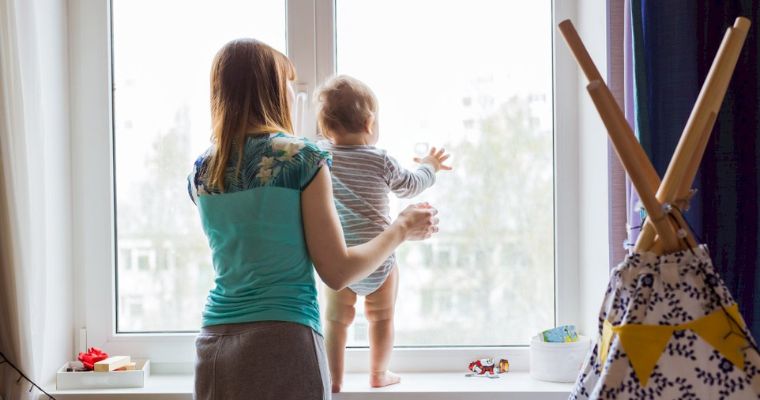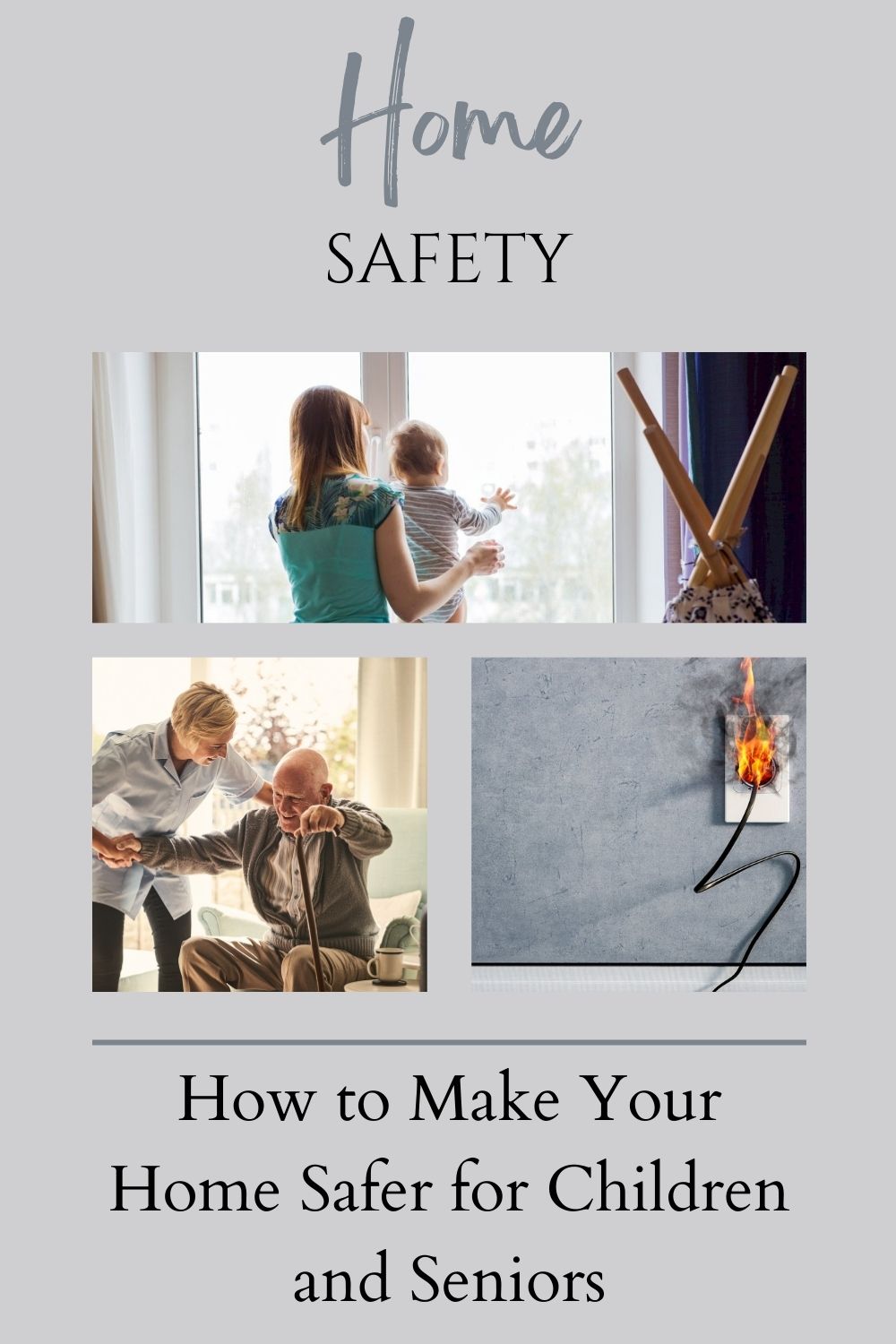As a homeowner, one of the most important things to consider is the safety of your loved ones, especially children and seniors, who may be more vulnerable to accidents and injuries. With a few simple changes and adjustments, you can make your home safer for everyone who lives in it.
This blog post will explore some of the top ways to make your home safer for children and seniors, from adding safety features to minimising hazards.

Install Safety Features
Adding safety features is one of the best ways to make your home safer for children and seniors. For example, you can install baby gates on stairs and in doorways to prevent falls and help contain young children in some regions of the home.
Eliminate Hazards
Children and seniors are more vulnerable to accidents in the home, such as slips and falls, which can result in serious injuries. Therefore, it is essential to eliminate hazards in your home to make it safer for everyone. Here are the risks and dangers in your home and how to stop them.
Loose Rugs
Loose rugs are a significant tripping hazard for adults and children alike. To reduce the risk of falls, make sure all rugs have non-skid backing or use rug grippers. If possible, replace any loose or worn carpets with synthetic materials that provide a better grip on the floor.
Bathroom
Bathrooms can also pose a safety risk to children and seniors if they contain slippery surfaces. To reduce the risk of falls, make sure your bathroom floors are slip-resistant and install grab bars in tubs, showers, and near toilets for added support.
Electrical Cords
Electrical cords can be a hazard in a home with children or seniors if not adequately secured. To reduce the risk of electrocution or falls, make sure all cords are out of reach and securely fastened against the wall. Additionally, cover any unused outlets with safety plugs to prevent shocks.
Fireplaces
When not in use, fireplaces can be dangerous for children and seniors. To reduce the risk of fires, install a screen around the opening of your fireplace to prevent sparks from escaping. Additionally, ensure all flammable materials are kept far away from fireplace openings.
Secure Medicine and Cleaning Products
Children and seniors can be more susceptible to accidental poisoning, especially if they accidentally ingest medication or cleaning products. To prevent this, store all medicine and cleaning products out of reach of young children and in locked cabinets or drawers. It’s also a good idea to label products clearly so that everyone in the home knows what they are.
Improve Lighting
Good lighting is essential for safety, especially for seniors with impaired vision. Be sure to add lighting to dark areas of your home, such as hallways, stairways, and bathrooms.
You may also want to consider adding motion-sensor lights outside your home to improve visibility at night. If possible, install dimmer switches to adjust the lighting depending on the time of day. This will help children and seniors feel more secure in their home environment.
Install Window Guards
Windows can be a hazard to children and seniors if they are inadequately secured. To reduce the risk of falls, install window guards or bars on all windows that open more than six inches above the ground.
This will help prevent accidental falls while allowing air to circulate freely into your home. Additionally, ensure all windows are locked when not in use to prevent intruders from entering your home.
The Bottom Line
Creating a safe and comfortable home for children and seniors requires effort, but it is well worth the investment. By installing safety features, you can significantly reduce the risk of accidents and injuries in your home. Remember, safety is a top priority, and taking preventative measures now can help you avoid potential emergencies and ensure that everyone in your home stays healthy and happy.


